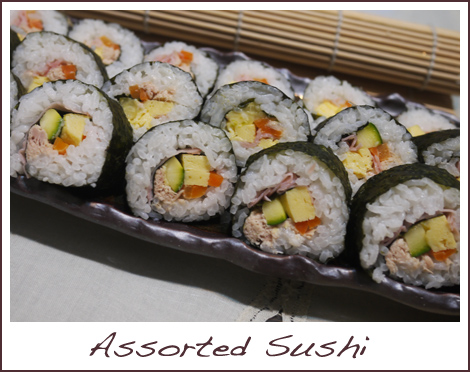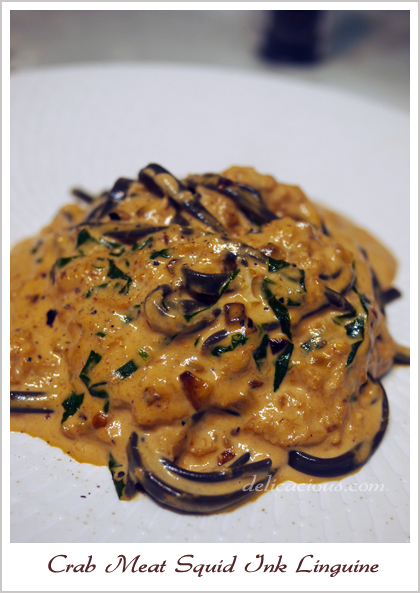
If you have never made sushi before, I highly recommend you try. Besides cooking the rice, and making your own tamago should you wish to include it, there really isn’t much more cooking needed. What’s more, it’s fun to make and you can be as creative as you wish. The best part? Sushi, for the larger part, is very healthy. There are many fusion types of sushi now that include some “not so healthy” ingredients that you may not find in a traditional Japanese restaurant. These fusion sushi incorporate popular western choices such as Mayonnaise and spicy sauce and sometimes do increase the number of calories, though not significantly. So, why is sushi so healthy?
Sushi can largely be divided into two types – maki and nigiri. Makis are the rolled up sushi while Nigiri are the ones with ingredients on top. Nori or seaweed, an integral part of both types of sushi, is highly nutritious as it contains a great source of minerals found in the ocean such as Iron, vitamin C, vitamin A, magnesium, selenium, choline, eicosapentanoic acid, inositol and other B vitamins. In addition, nori does not contain salt and sugar. Sounds like a super food eh? Rice vinegar, used to prepare sushi rice, helps to promote cell metabolism. It is known to help lower body fat percentage.
If you are convinced to try making sushi at home, here is my favourite sushi rice recipe and some handy tips.
Sushi Rice
Yields 2 cups of rice
2 cups sushi rice
2 1/2 cups water
4 tablespoons rice vinegar
3 tablespoons sugar
2 teaspoons salt
2 tablespoons mirin
Method:
- Rinse rice 3 times and drain in a colander till dry.
- Combine vinegar, sugar, salt and mirin together in a small pot over low heat till sugar dissolves. Allow this to cool.
- Cook rice in rice cooker. Allow rice to rest for 10 – 15 minutes are cooking.
- Pour rice out into a large dish (preferably glass or porcelain, not metal).
- Add cooled vinegar mixture to rice, mixing carefully with a spatula.
- Fan the rice while adding the vinegar mixture.
- Allow sushi rice to cool before using.
Tips on rolling sushi
- Use a sushi bamboo mat to help you roll sushi. These are easily available at supermarkets, and can also be found at Daiso.
- Wrap the bamboo mat with cling film before rolling the sushi. This is especially useful if you are making a uramaki (inverted rice roll)
- Place rice on the dull side of the nori.
- For one large sheet of nori, approximately 1 tennis ball size of sushi rice is sufficient.
- Wet hands before spreading sushi rice. Remember not to crush the rice!
- When cutting sushi, remember to wet the knife first.








